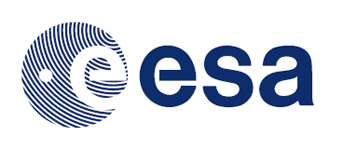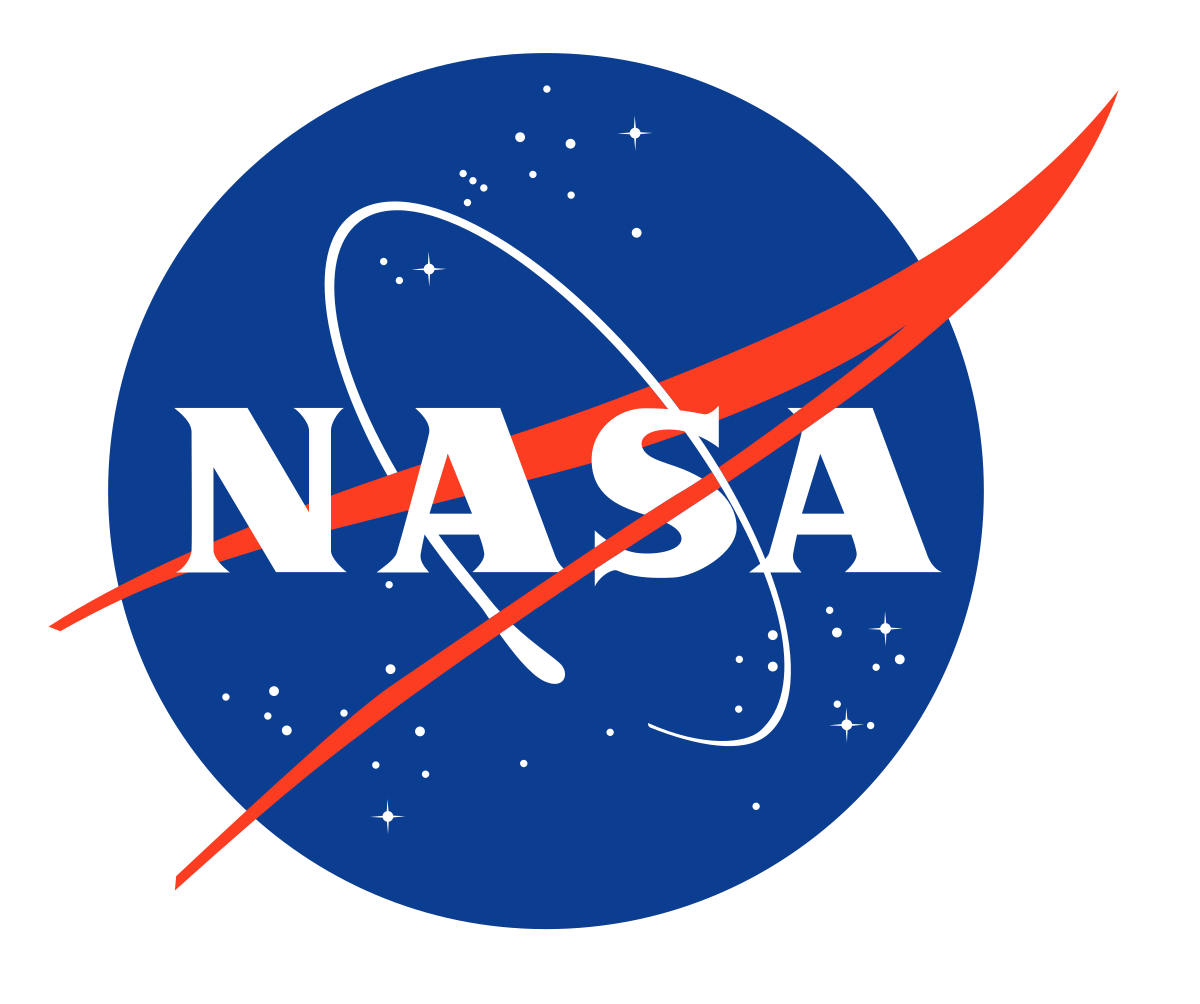European Space Agency (ESA)
 The European Space Agency is an international organisation with 18 member states; Austria, Belgium, Czech Republic, Denmark, Finland, France, Germany, Greece, Ireland, Italy, Luxembourg, the Netherlands, Norway, Portugal, Spain, Sweden, Switzerland and the United Kingdom. By coordinating the financial and intellectual resources of its members, it can undertake programmes and activities far beyond the scope of any single European country.
The European Space Agency is an international organisation with 18 member states; Austria, Belgium, Czech Republic, Denmark, Finland, France, Germany, Greece, Ireland, Italy, Luxembourg, the Netherlands, Norway, Portugal, Spain, Sweden, Switzerland and the United Kingdom. By coordinating the financial and intellectual resources of its members, it can undertake programmes and activities far beyond the scope of any single European country.
ESA operates programs that are designed to find out more about the Earth, its immediate space environment, our Solar System and the Universe. In doing this, ESA also encourages the development of satellite-based technologies and services, as well as promoting European industries. ESA activities include the Automated Transfer Vehicle (ATV) for transferring cargo to the International Space Station (ISS), the Herschel andPlanck observatories for observing the infra-red and microwave universe respectively and the proposed Solar Orbiter spacecraft for observing the Sun.
Ireland became a member of ESA the same year it was founded in 1975 and many of the research groups located on the island of Ireland are heavily involved with ESA-led missions and observatories. As well as involvement in scientific research facilitated by ESA, many Irish industries play a role in providing techniques and technologies for use with ESA missions. Some of these industries are listed in the Industry page.
National Aeronautical and Space Administration (NASA)
 NASA is the civilian space agency of the United States of America and was set up in 1958. Similar to ESA, NASA operates many different space-based missions to explore the Earth, its environment in space and the Universe. Although it is a US-based agency, NASA operates an open-data policy for many of its missions as well as accepting proposals from non-US based scientists for observing time using its telescopes.
NASA is the civilian space agency of the United States of America and was set up in 1958. Similar to ESA, NASA operates many different space-based missions to explore the Earth, its environment in space and the Universe. Although it is a US-based agency, NASA operates an open-data policy for many of its missions as well as accepting proposals from non-US based scientists for observing time using its telescopes.
Many of the astrophysics research groups based on the island of Ireland use data from NASA-led missions on a regular basis. Some examples of NASA-led missions with an open data policy include the SOlar and Heliospheric Observatory (SOHO), the Solar TErrestrial RElations Observatory (STEREO), the Solar Dynamic Observatory (SDO) and Hubble.

